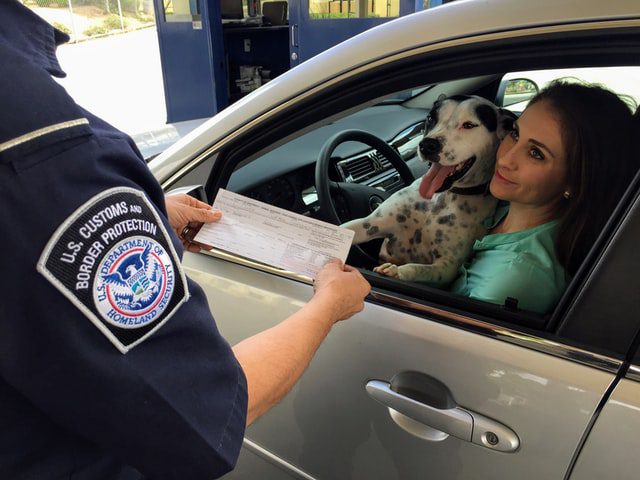Overview Of Animal Bite – Rabies
Rabies is a deadly viral infection that is mainly spread by a bite from an infected animal.
Commonly Associated With
Hydrophobia; Dog bite – rabies; Bat bite – rabies; Raccoon bites – rabies
Causes Of Animal Bite – Rabies
The infection is caused by the rabies virus. Rabies is spread by infected saliva that enters the body through a bite or broken skin. The virus travels from the wound to the brain, where it causes swelling or inflammation. This inflammation leads to symptoms of the disease. Most rabies deaths occur in children.
In the past, human rabies cases in the United States usually resulted from a dog bite. Recently, more cases of human rabies have been linked to bats and raccoons. Dog bites are a common cause of rabies in developing countries, especially Asia and Africa. There have been no reports of rabies caused by dog bites in the United States for a number of years due to widespread animal vaccination.
Other wild animals that can spread the rabies virus include:
- Foxes
- Skunks
- In rare cases, rabies has been transmitted without an actual bite. This type of infection is believed to be caused by infected saliva that has gotten into the air, usually in bat caves.
Symptoms Of Animal Bite – Rabies
The time between infection and when you get sick ranges from 10 days to 7 years. This time period is called the incubation period. The average incubation period is 3 to 12 weeks.
Fear of water (hydrophobia) is the most common symptom. Other symptoms may include:
- Drooling
- Seizures
- Bite site is very sensitive
- Mood changes
- Nausea and vomiting
- Loss of feeling in an area of the body
- Loss of muscle function
- Low-grade fever (102°F or 38.8°C, or lower) with headache
- Muscle spasms
- Numbness and tingling
- Pain at the site of the bite from the animal with rabies
- Restlessness
- Swallowing difficulty (drinking causes spasms of the voice box)
- Hallucinations
Exams & Tests
If an animal bites you, try to gather as much information about the animal as possible. Call your local animal control authorities to safely capture the animal. If rabies is suspected, the animal will be watched for signs of rabies.
A special test called immunofluorescence is used to look at the brain tissue after an animal is dead. This test can reveal whether the animal had rabies.
The health care provider will examine you and look at the bite. The wound will be cleaned and treated.
The same test used on animals can be done to check for rabies in humans. The test uses a piece of skin from the neck. The provider may also look for the rabies virus in your saliva or spinal fluid, although these tests are not as sensitive and may need to be repeated.
A spinal tap may be done to look for signs of the infection in your spinal fluid. Other tests done may include:
- MRI of brain
- CT head
Treatment Of Animal Bite – Rabies
The aim of the treatment is to relieve the symptoms. Clean the wound well with soap and water and seek professional medical help. You will need a provider to clean the wound and remove any foreign objects. Most of the time, stitches should not be used for animal bite wounds.
If there is any risk of rabies, you will be given a series of preventive vaccines. The vaccine is generally given in 5 doses over 28 days. Antibiotics have no effect on the rabies virus.
Most people also receive a treatment called human rabies immunoglobulin (HRIG). This treatment is given the day the bite occurred.
Call your provider right away after an animal bite or after being exposed to animals such as bats, foxes, and skunks. They may carry rabies.
Call even when no bite took place.
Immunization and treatment for possible rabies are recommended for at least up to 14 days after exposure or a bite.
There is no known treatment for people with symptoms of a rabies infection, but there have been a few reports of people surviving with experimental treatments.



